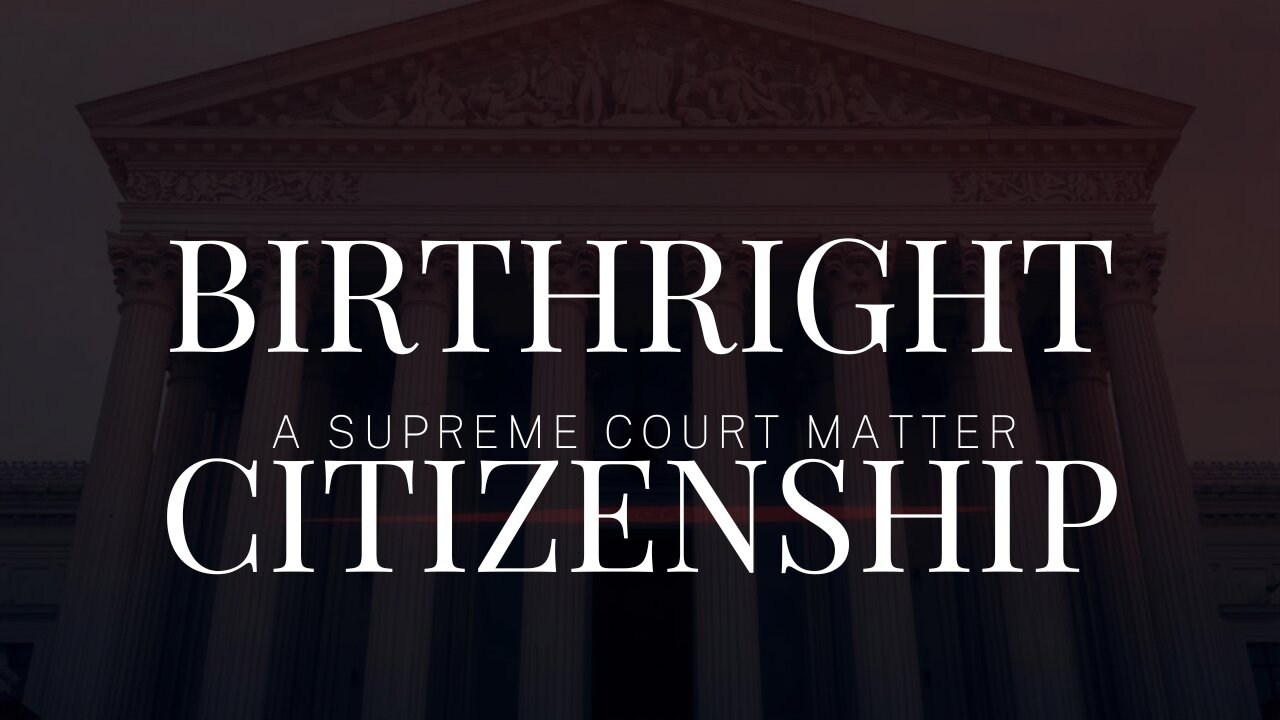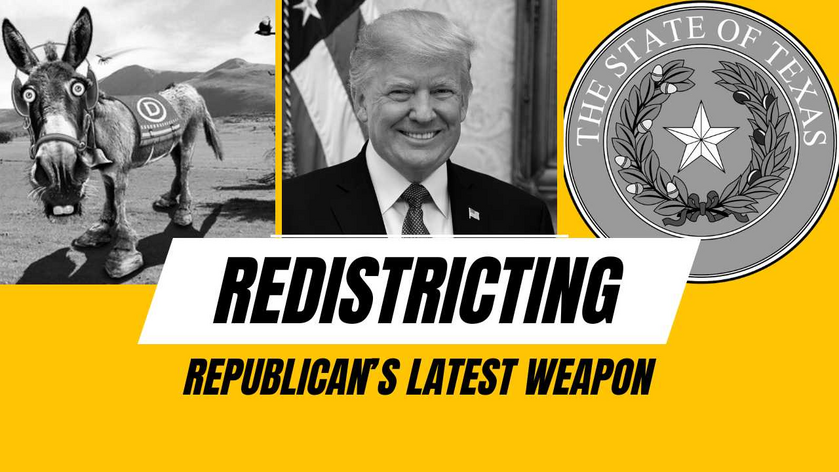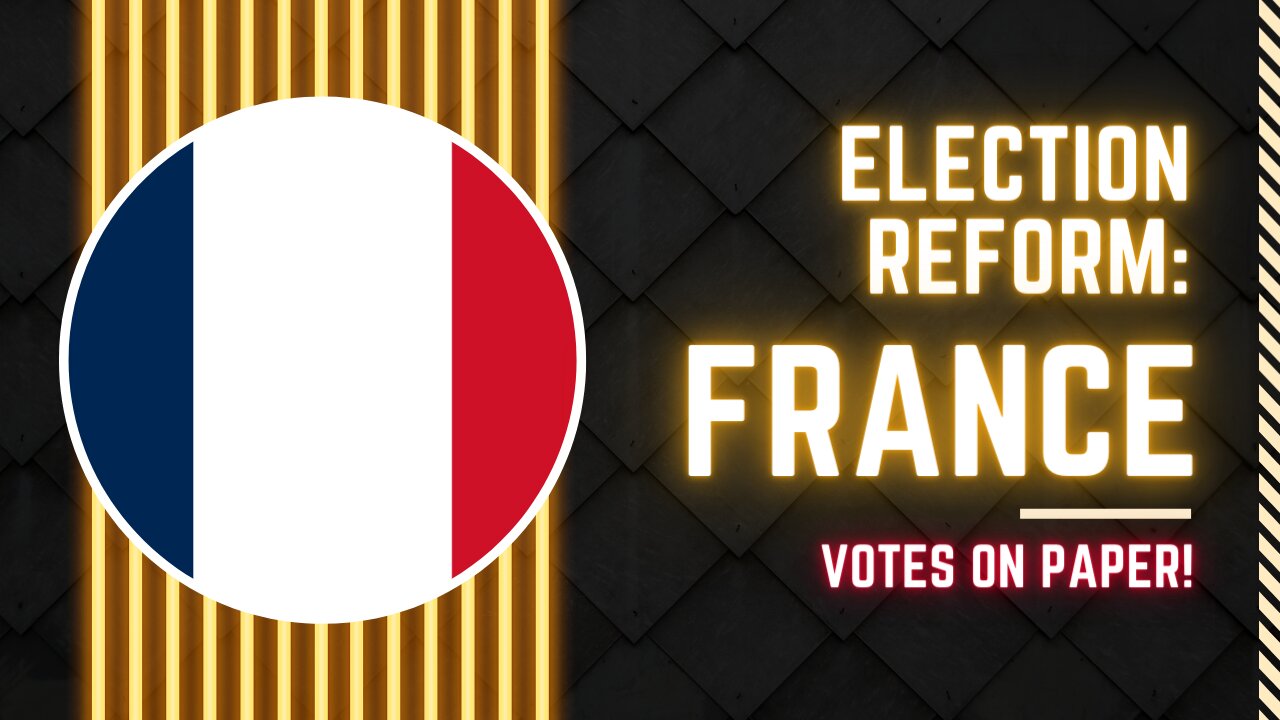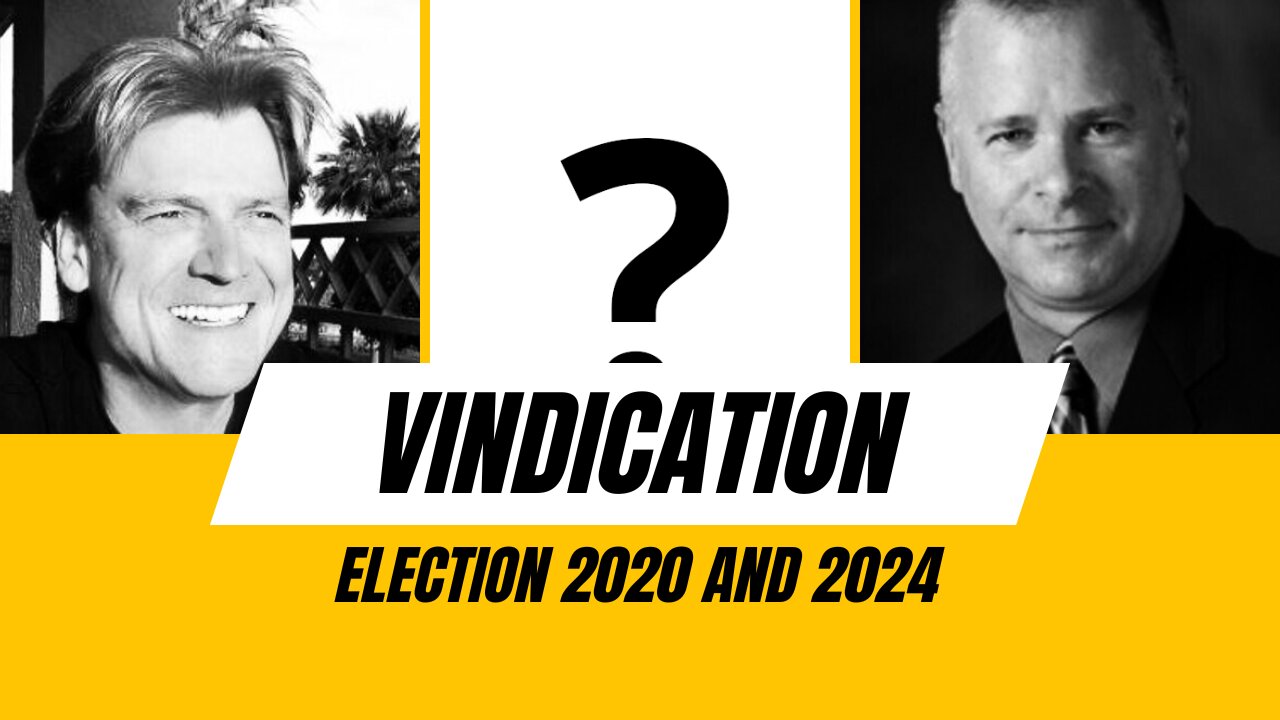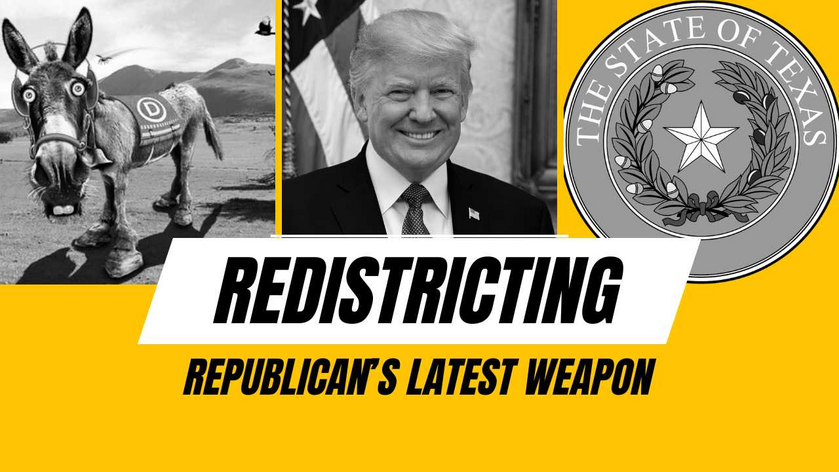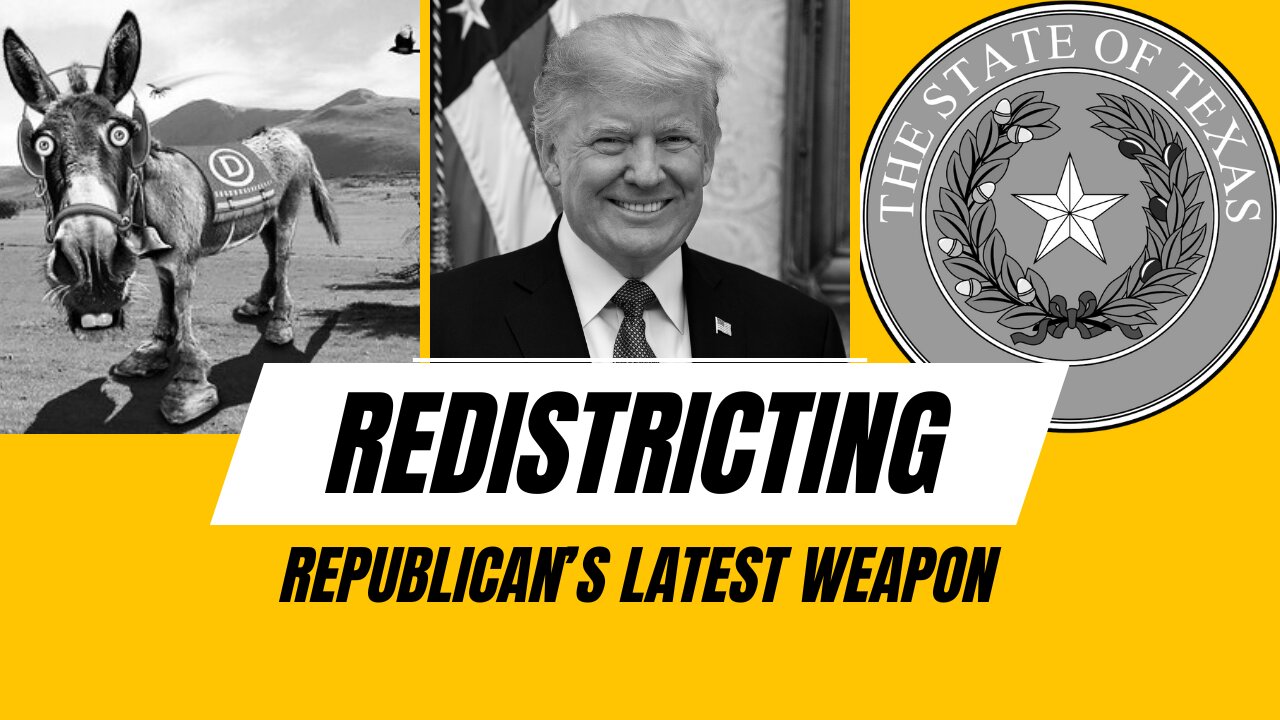The Second Trump Administration has not yet begun, and already a rift has developed in its highest echelon. Immigration is the cause of that rift. It also might be what a President gets if he hires foreign-born, or at least foreign-extraction, senior officials. But at the same time, those commenting on the rift have made too much of it. The solution is actually quite simple, if both sides can take time to understand the issue properly.
Details of the immigration rift
The immigration rift already has its two sides. President-elect Donald Trump, of course, takes the no-more side. In addition to withdrawing from the World Health Organization, he wants to start “the largest mass-deportation program in history.” Persons convicted of crimes in addition to unlawful entry will go first. Texas has already pledged land to build the deportation facilities this program will need.
But Elon Musk and Vivek Ramaswamy, co-heads of the proposed “Department” of Government Efficiency, stand on the more-the-merrier side. Or so it seems. To be fair, neither man has any sympathy for those who murder nursing students and little girls. They want to import foreign-born and -trained engineers, physicians, and other professionals. Such professionals present at least one, maybe two attractions. First and foremost, they will gladly work for longer hours and for lower salaries than their American counterparts. Their standards of comparison, for salary purchasing power and lifestyle, are those of educated slaves in the antebellum South. Second – though this is disputable – even when available, their American counterparts are not as smart or skilled.
Such people come into this country on one of two kinds of visa:
H-1B Visa – for engineers and other professionals having talents similar to those any American could gain. These typically have an annual aggregate limit – which Musk and Ramaswamy wish to double, or lift completely.
O-1 Visa: for top talents only – the kind of talent even most universities cannot produce.
Cultural critiques
Elon Musk provoked a firestorm of criticism with his suggestion that America has a talent gap. The only way to bridge that gap, he says, is to allow heavier or unrestricted immigration of degree-holding professionals. Shortly after the firestorm began, he held that he was looking for top talents. If so, he quoted the wrong visa type. The O-1 Visa screens for top talents; the H-1B Visa has minimal screening and mainly requires immediate employment prospects.
The trouble started Christmas afternoon, when Mario Nawfal shared this dire warning:
🚨SILICON VALLEY'S BIGGEST LIMITATION: ENGINEERING TALENT SHORTAGE
The U.S. semiconductor industry alone needs over 160,000 engineers by 2032, driven by $250B+ in new investments. Demand for AI experts has skyrocketed, with Elon calling the talent war the "craziest" ever. Meanwhile, STEM programs struggle to produce enough graduates. This shortage threatens innovation, from AI to semiconductors, slowing progress and global competitiveness.
Expanding STEM education, streamlining high-skilled immigration, and reskilling workers are urgent solutions. Investing in talent is investing in the future.
Source: Yahoo, Mckinsey
https://x.com/MarioNawfal/status/1871966692315701316
STEM, by the way, stands for Science, Technology, Engineering and Mathematics. Elon ratcheted up the warning:
No, we need more like double that number yesterday! The number of people who are super talented engineers AND super motivated in the USA is far too low. Think of this like a pro sports team: if you want your TEAM to win the championship, you need to recruit top talent wherever they may be. That enables the whole TEAM to win.
https://x.com/elonmusk/status/1871978282289082585
Instantly another user disputed Musk:
There are over 330 million people in America. Surely, there must be enough among them to build your ultimate team? Why would you deny real Americans that opportunity by bringing foreigners here?
And Musk reacted in obvious anger:
Your understanding of the situation is upside-down and backwards. OF COURSE my companies and I would prefer to hire Americans and we DO, as that is MUCH easier than going through the incredibly painful and slow work visa process. HOWEVER, there is a dire shortage of extremely talented and motivated engineers in America.
This is not about handing out opportunities from some magical hat. You don’t get it. This is blindingly obvious when looking at NBA teams, as the physical differences are so obvious to see. However, the MENTAL differences between humans are FAR bigger than the physical differences!!
https://x.com/elonmusk/status/1871993406357958693
He followed up with this:
It comes down to this: do you want America to WIN or do you want America to LOSE. If you force the world’s best talent to play for the other side, America will LOSE. End of story.
https://x.com/elonmusk/status/1871994319009423529
Later that evening, Mario Nawfal shared this:
By 2030, nearly 1 in 3 engineering roles could go unfilled, threatening industries and critical government projects alike. The talent gap isn’t just about numbers—it’s about skills, diversity, and the lack of coordinated action. Demand for engineers with next-gen skills is soaring, yet outdated training pipelines and minimal reskilling efforts aren’t keeping up.
Source: BCG
https://x.com/MarioNawfal/status/1872116463416308065
The problem appears limited to software engineering. Civil, electrical and industrial engineers have a much narrower demand gap. Aerospace, chemical, materials, and mechanical engineers appear to be in oversupply.
Yesterday afternoon, Musk softened his rhetoric – somewhat.
Maybe this is a helpful clarification: I am referring to bringing in via legal immigration the top ~0.1% of engineering talent as being essential for America to keep winning. This is like bringing in the Jokic’s or Wemby’s of the world to help your whole team (which is mostly Americans!) win the NBA. Thinking of America as a pro sports team that has been winning for a long time and wants to keep winning is the right mental construct.
https://x.com/elonmusk/status/1872374103983759835
In reply, Alex Jones offered this support:
It is a classic American policy to brain drain the best from across the planet and bring them here. Musk has ALWAYS advocated for this policy. Everyone bitching that Elon Musk has flip flopped are either ignorant or lying. Elon to a great extent is the poster child for this program WORKING!
https://x.com/RealAlexJones/status/1872456622124958173
Vivek Ramaswamy has excited the most vituperative retorts with a long-form X post offering a scathing cultural critique:
The reason top tech companies often hire foreign-born & first-generation engineers over “native” Americans isn’t because of an innate American IQ deficit (a lazy & wrong explanation). A key part of it comes down to the c-word: culture. Tough questions demand tough answers & if we’re really serious about fixing the problem, we have to confront the TRUTH:
Our American culture has venerated mediocrity over excellence for way too long (at least since the 90s and likely longer). That doesn’t start in college, it starts YOUNG. A culture that celebrates the prom queen over the math olympiad champ, or the jock over the valedictorian, will not produce the best engineers. A culture that venerates Cory from “Boy Meets World,” or Zach & Slater over Screech in “Saved by the Bell,” or ‘Stefan’ over Steve Urkel in “Family Matters,” will not produce the best engineers.
(Fact: I know *multiple* sets of immigrant parents in the 90s who actively limited how much their kids could watch those TV shows precisely because they promoted mediocrity…and their kids went on to become wildly successful STEM graduates). More movies like Whiplash, fewer reruns of “Friends.” More math tutoring, fewer sleepovers. More weekend science competitions, fewer Saturday morning cartoons. More books, less TV. More creating, less “chillin.” More extracurriculars, less “hanging out at the mall.” Most normal American parents look skeptically at “those kinds of parents.” More normal American kids view such “those kinds of kids” with scorn. If you grow up aspiring to normalcy, normalcy is what you will achieve.
Now close your eyes & visualize which families you knew in the 90s (or even now) who raise their kids according to one model versus the other. Be brutally honest. “Normalcy” doesn’t cut it in a hyper-competitive global market for technical talent. And if we pretend like it does, we’ll have our asses handed to us by China. This can be our Sputnik moment. We’ve awaken from slumber before & we can do it again. Trump’s election hopefully marks the beginning of a new golden era in America, but only if our culture fully wakes up. A culture that once again prioritizes achievement over normalcy; excellence over mediocrity; nerdiness over conformity; hard work over laziness.
That’s the work we have cut out for us, rather than wallowing in victimhood & just wishing (or legislating) alternative hiring practices into existence. I’m confident we can do it. 🇺🇸 🇺🇸
https://x.com/VivekGRamaswamy/status/1872312139945234507
When, inevitably, many users asked what about American inventors and innovators, Ramaswamy said this was an America that once was. He would like to see that America come back.
Reaction
Several influencers have already noticed the rift. Most of these are on the no-more side. “Depressed Ginger” highlights the exploitability of H-1B visa holders. He offers this compromise: admit more (without lowering the standard) on the O-1 visa, not the H-1B.
“Jeremy at The Quartering” recommends, instead of allowing more immigration, eliminating DEI admissions at American colleges and universities. “Train Americans who have been gate-kept out of this community,” he says, and lays out his case here.
This should have gone away with the Supreme Court ruling in SFFA v. Harvard and UNC. But university administrators are worse than stubborn – they are also vindictive and proud – in a “seven-deadly” way. The solution, if CNAV may boldly suggest, is simple: charter “Freedom Universities.” Locate these in the President-elect’s proposed “Freedom Cities,” and in places like Elon Musk’s proposed “city of Starbase” in Texas. Their Admissions Departments would have strict orders to operate in a manner consistent with the relevant Supreme Court opinion.
Analysis: how to solve the immigration rift
The immigration rift exists, but is not as dire as some influencers think. Elon Musk is talking about importing perhaps a third of a million people, who at least have marketable skills. Trump is dealing with fifty million people, many of whom have less desirable skills. Like stray-cat clearance that then progresses to “clearing” non-strays.
Pet eaters aren’t at issue; Americans shut-out of programming jobs, are. For decades, colleges and universities have shut out straight white cis-gendered males in the name of “diversity, equity and inclusion.” The Supreme Court finally ruled that unconstitutional, but too many university admissions departments seem eager to relitigate that. That must stop – and Elon could help by founding a new university in his proposed new incorporated city.
Education reform must also extend further back – to secondary and primary education. Your editor remembers being caught up in the War of the Jocks and the Freaks. He was one of “those kinds of kids,” on whom his classmates heaped scorn. But besides that, blame Barack Obama and his Common Core Curriculum – which he designed for slow learners, not quick studies. America needs involved parents who support their children’s education – and reject mediocre entertainment choices that actively promote mediocrity.
But America must reform to nurture not only STEM talent but also growing, thriving families. America’s population should grow naturally – with more children born than elders dying. That discussion is for another day, but Elon never fails to mention low birth rates. So that discussion should interest him also.
Conclusion
When Earth gained a new moon called Sputnik, America introduced science instruction into the basic curriculum. America has forgotten that, and much else. Vivek Ramaswamy’s cultural critique, properly understood, has the answer for reminding America.
Elon Musk, as “Jeremy from The Quartering” says, has identified the symptom but offered the wrong prescription. Ironically, Vivek Ramaswamy hints at that prescription, for those willing to pay attention. The O-1 Visa program can continue to bring in the top talents – roughly 500 a year, by Jeremy’s estimate. But America once nurtured those talents on her own soil. That requires education reform, at all levels, primary, secondary, and higher. It also requires laying aside the foolish ideas that have compromised American education for political reasons.
This is the real Sputnik moment. How we embrace it will tell whether we really Make America Great Again.
Link to:
The article:
https://cnav.news/2024/12/27/news/immigration-trump-first-administration-rift/
Video:
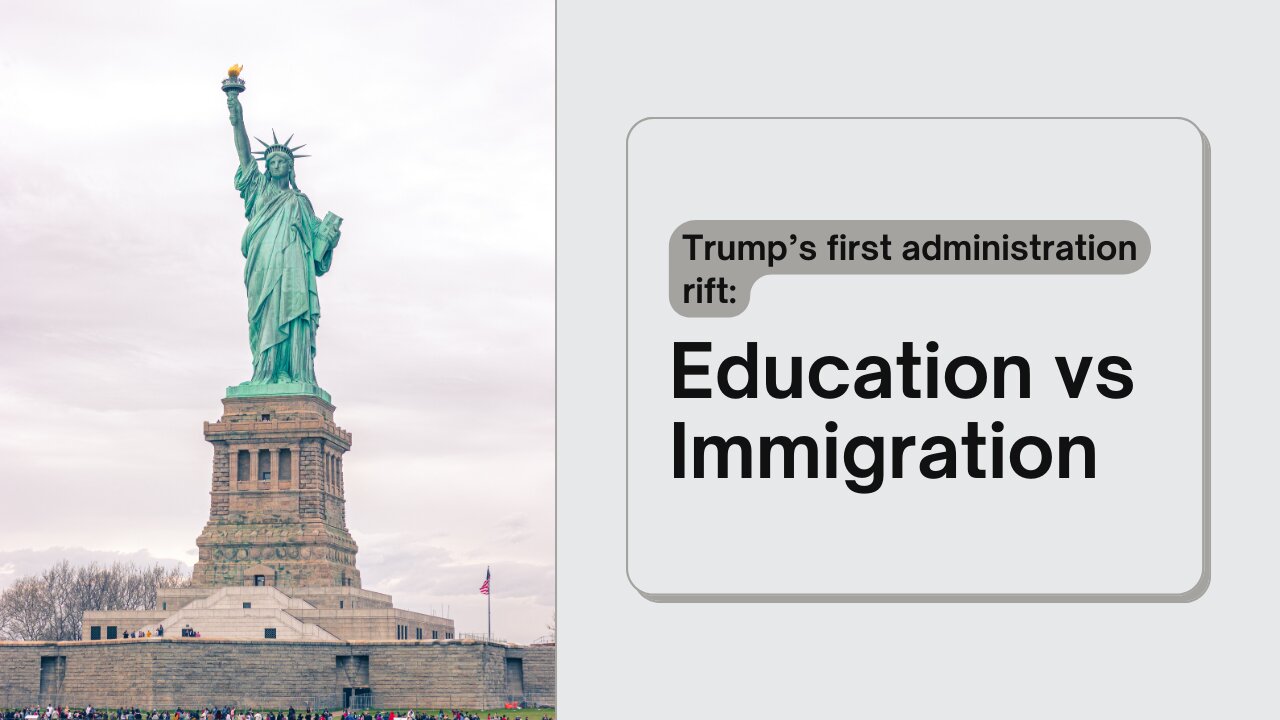
Engineering talent gap exchange:
https://x.com/MarioNawfal/status/1871966692315701316
https://x.com/elonmusk/status/1871978282289082585
https://x.com/elonmusk/status/1871993406357958693
https://x.com/elonmusk/status/1871994319009423529
https://x.com/MarioNawfal/status/1872116463416308065
https://x.com/elonmusk/status/1872374103983759835
https://x.com/RealAlexJones/status/1872456622124958173
Vivek Ramaswamy’s cultural critique:
https://x.com/VivekGRamaswamy/status/1872312139945234507
Videos: reaction to Musk and Ramaswamy’s positions:
Declarations of Truth:
Declarations of Truth Locals Community:
https://declarationsoftruth.locals.com/
Conservative News and Views:
Clixnet Media





